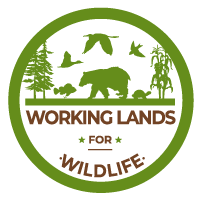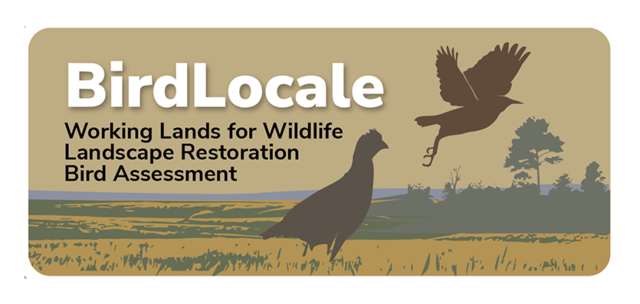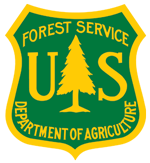Key Issues
Energy, climate change, working lands for wildlife, ecosystem services, and how society values these services - such as clean drinking water, outdoor recreation, and biological conservation - are key issues influencing the landscape. These issues and drivers of change are essential to understand and plan for in the management and protection of both natural and cultural resources in order to create a more sustainable landscape for wildlife and human communities.
The Anchor Approach to Connectivity
ANCHOR is a new conservation approach that builds Areawide Networks to Connect Habitat and Optimize Resiliency. The approach guides investments in strategic “anchor” locations to connect wildlife populations, enhance landscape resiliency, and strengthen rural economies.
Wildland Fire
The Wildland Fire site within the Landscape Partnership portal serves as a clearinghouse to support technical experts as a community of practice, currently focused on the southern states. This site links individuals and diverse groups with the information each maintains on wildland fire on their respective internet sites, and our hope is that we will send more traffic to our partners' sites. Our purpose is to increase connectivity and information sharing within the larger fire community but also between the fire community of practice and other landscape conservation practitioners using the Landscape Conservation Portal. The Wildland Fire site will also support public officials, landowners, and communities needing more information about wildland fire.
Nature and Society
The field of research focused on "Nature and Society" seeks to understand society's attitudes and behaviors as it relates to how we maintain, protect, and enhance natural resources. It does so by applying data and information from social sciences to biological resource issues to explain why people value certain resources and the benefits they receive from those resources.
Ecosystem Benefits & Risks
Understanding the complete and diverse benefits society receives from nature as well as risks to their sustainability will allow managers, industry, and the public to adopt policies that encourage protection and investments in these resources. To meet this need, the FWS collaborated with the Forest Service on cutting edge research that fully integrates society’s value of ecosystems with future threats to better inform natural resource planning and management across the Appalachian landscape. This unique work provides a comprehensive resource to partners at a regional level, serving as a model for the LCC Network to deliver ecosystem services conservation science.


























